Mullein harvest
Last month while chasing pigs through the woods (a story that I will write about soon) I stumbled into a large area filled with Common Mullein – Verbascum thapsus. Mullein likes to grow in recently disturbed areas, and this place was really disturbed – trees uprooted and bulldozed away into giant piles.
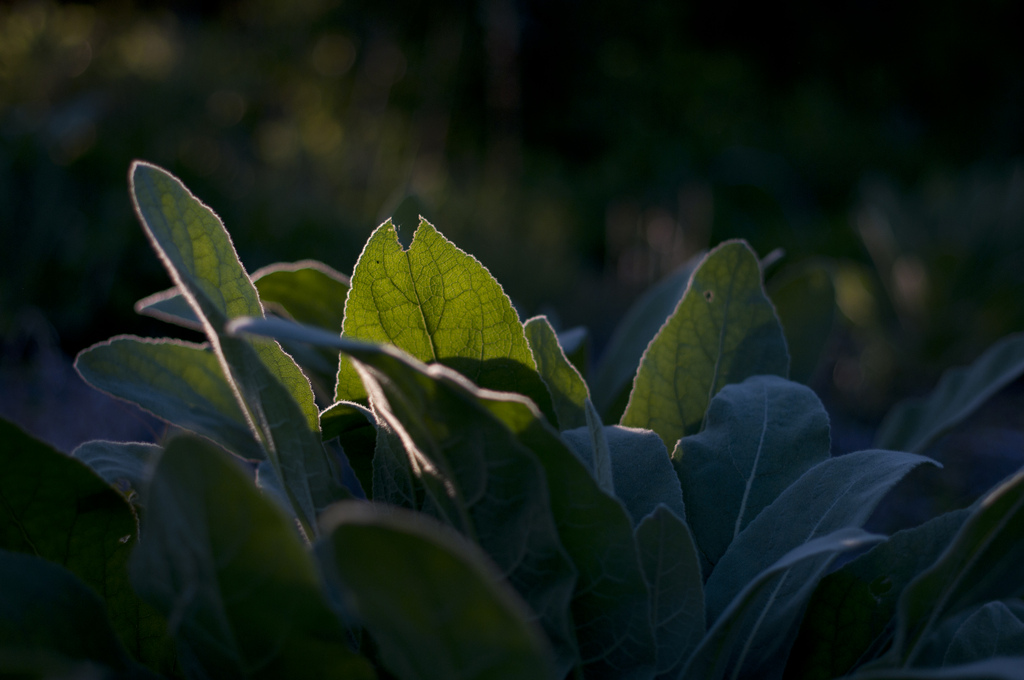
Mullein is a fascinating plant. It easily colonizes disturbed areas, but its growth requirements prevent it from becoming invasive. Too much shade and it is all over for this plant. Rapid succession from other plants will crowd it out.
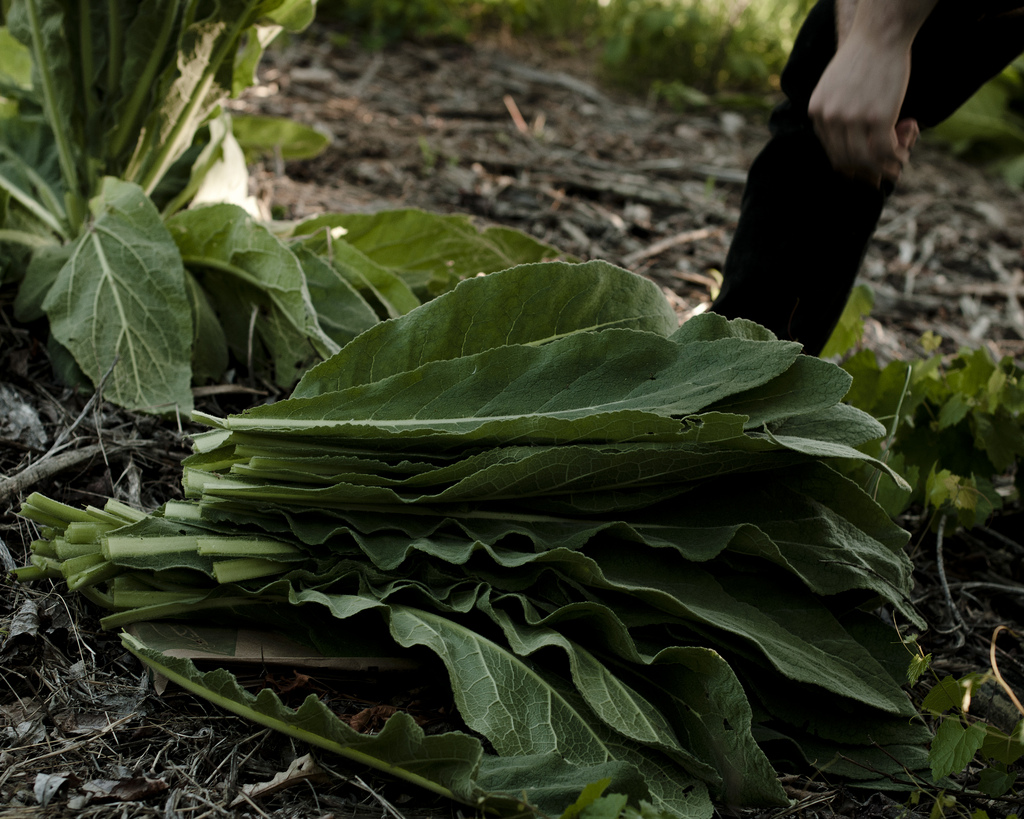
This early succession plant can actually make itself less viable by its own presence. A study in the Journal of Ecology conducted in our area concludes that as the years progress, the plant will become smaller and smaller and seed production will drop off significantly each year. According to the study, the first generation produced five times as much seed as the third generation.
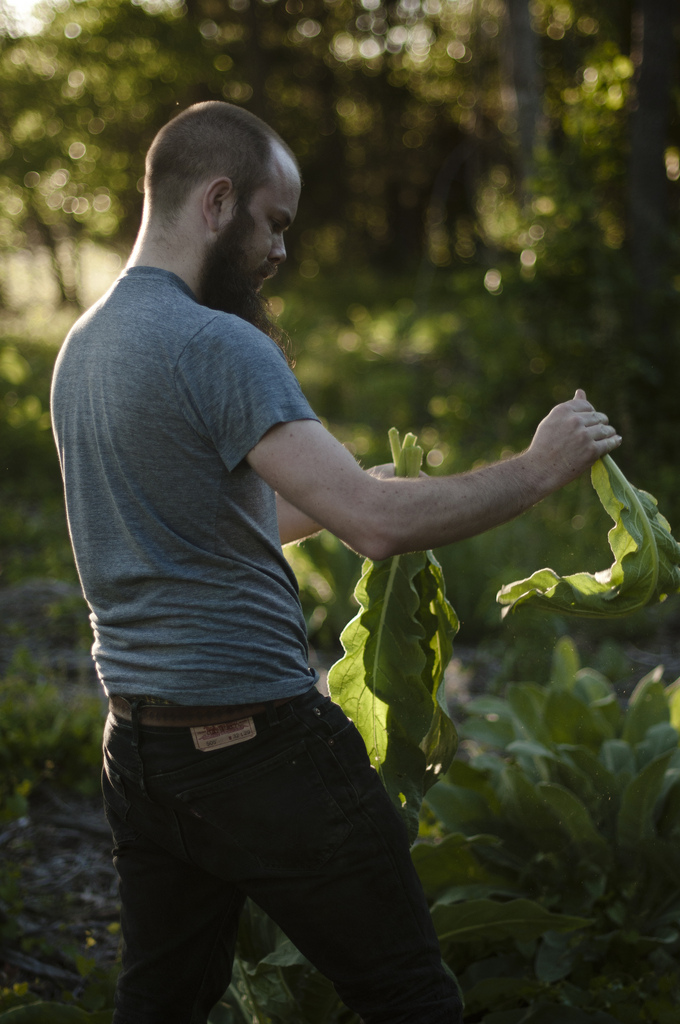
Our friend Nick came over, so he and Kristin decided that we should go out to the spot and harvest some of the mullein leaves. These first generation plants had some giant leaves, meaning less time harvesting and more time picking the ticks off our legs.
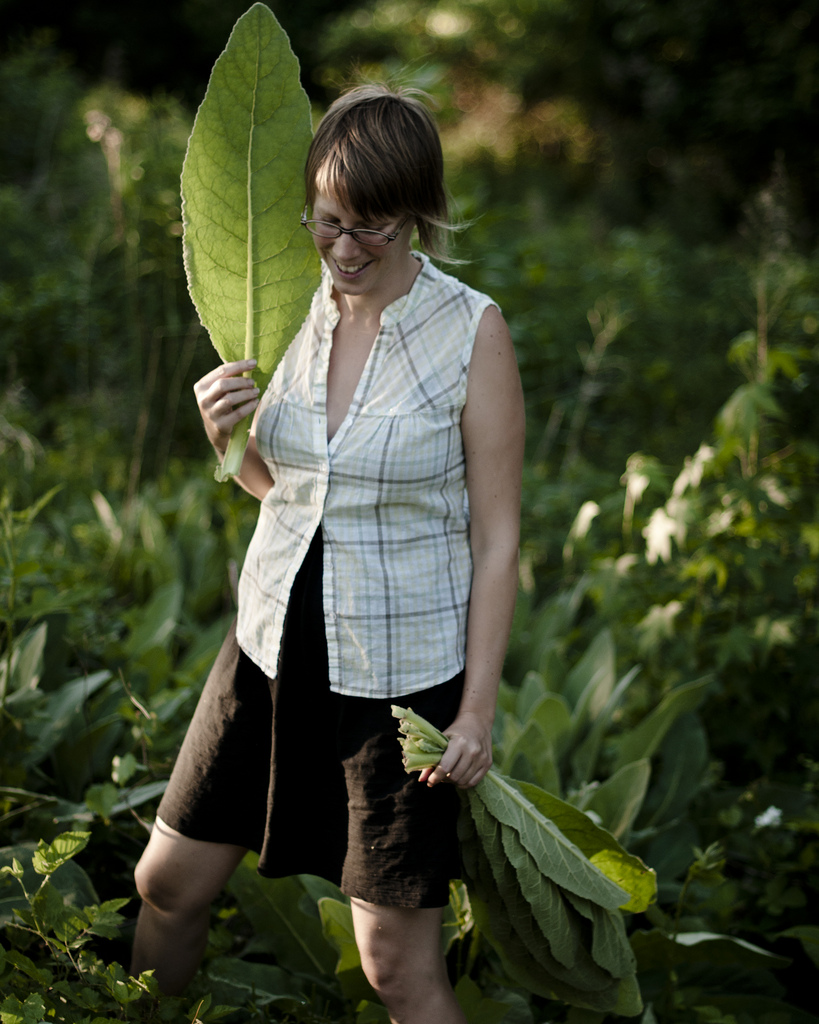
Mullein has many medicinal properties – it can be made into a tea or smoked to battle a cough. Sounds counterproductive, right?
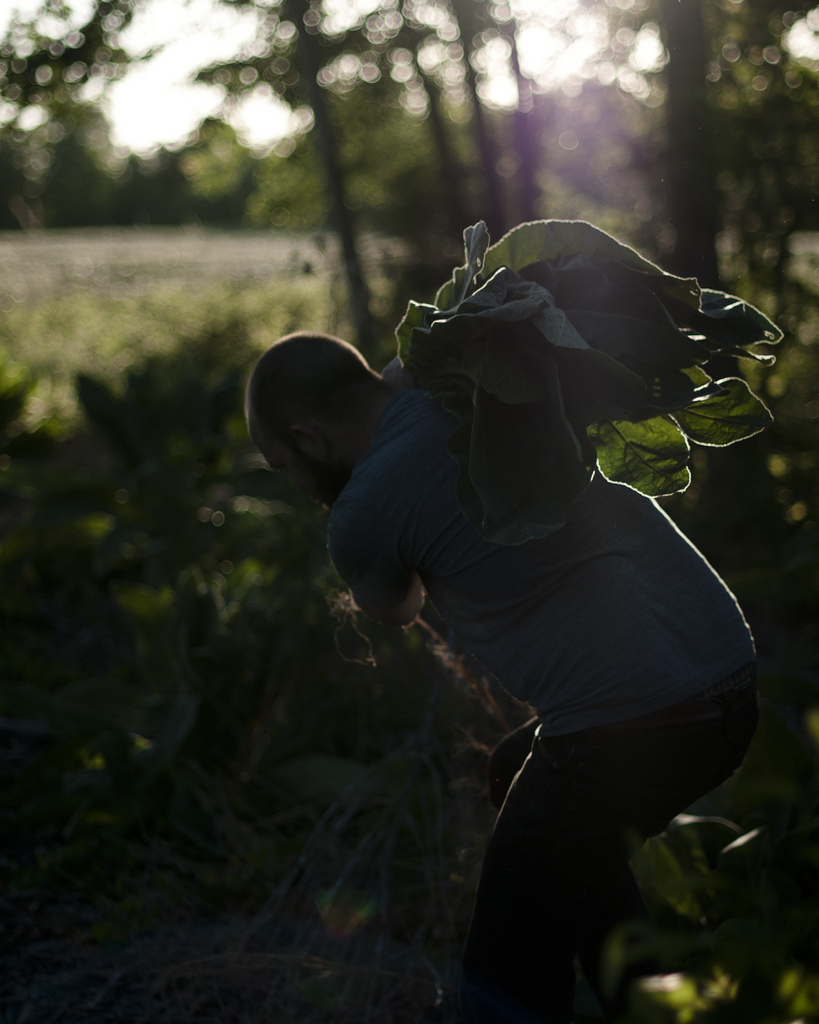
The plant is also referred to as Nature’s Toilet Paper, but the irritating hairs that cover the plant make me think that you would need to be in some dire need to use it for that purpose more than once in a while.
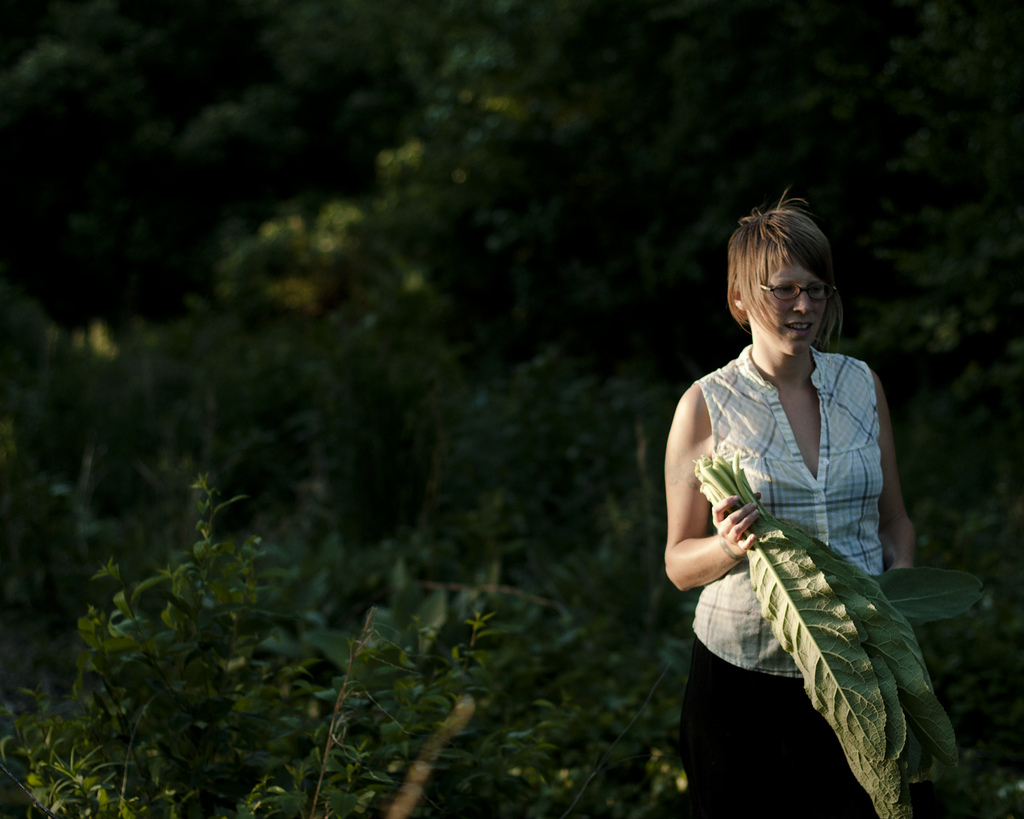
The dried stalk contains many oils that supposedly make it a good torch. I am going to try it out this Fall after the stalks are up.
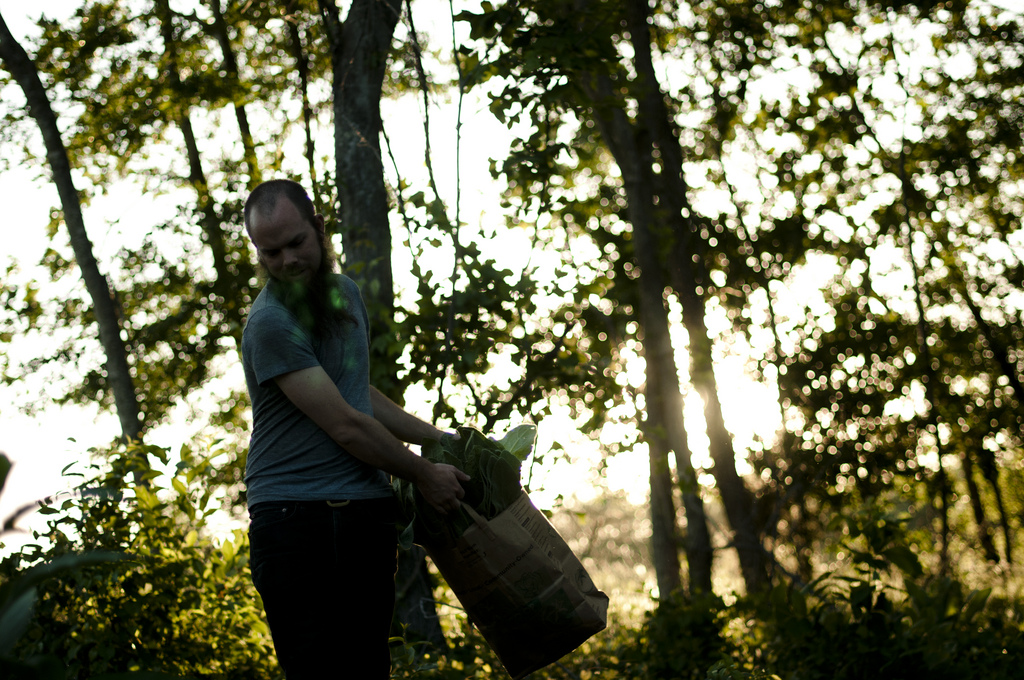
May 12, 2010 at 4:12 pm
Impressive and inspiring. Now I was wondering why I always thought that Nature’s TP was the burdock leaf (the explanation is, I’ve used it myself, please do not ask for details.)
Both are much better than the nettle for that particular use, although the nettle can be boiled for human consumption (just as you prepare spinach), or freshly mixed with grains for yard fowls.
Which ones of these do actually grow in the Carolinas? (obviously, besides mullein)
May 13, 2010 at 11:14 am
We do grow nettles in our herb garden, using them for tea and for food (great in scrambled eggs). We are still attempting to grow burdock. I think the trick is finding the correct micro-climate for it to last in the hot summers.
May 15, 2010 at 4:09 pm
I was hoping the cold winter would help limit the tick population. Many afternoons in the woods with Max has proven me wrong!
May 16, 2010 at 5:05 pm
Yes, they like the cool weather near the forest, but not inside the forest, since they don’t have enough sunlight there.
The only such place I can think of is near a creek or a lake, if you have one nearby. I still don’t know how well they tolerate humidity.
May 16, 2010 at 10:04 pm
I never thought to put nettles in eggs, but that does sound good! I really like a sautee of nettles with apple cider vinegar, garlic and butter. There is also a trick to folding it up and biting down on it to eat it raw. Supposedly, when you bite it a certain way it deactivates the stinger, but I have always ended up with tingly gums.
May 19, 2010 at 9:37 am
The ticks have been horrible this year. None of the weather fluctuations did anything to drop the population. While the pigs were in the woods they became fully covered in ticks. They still pick them up in the tall grass, but the ticks are much easier to control and pull off.